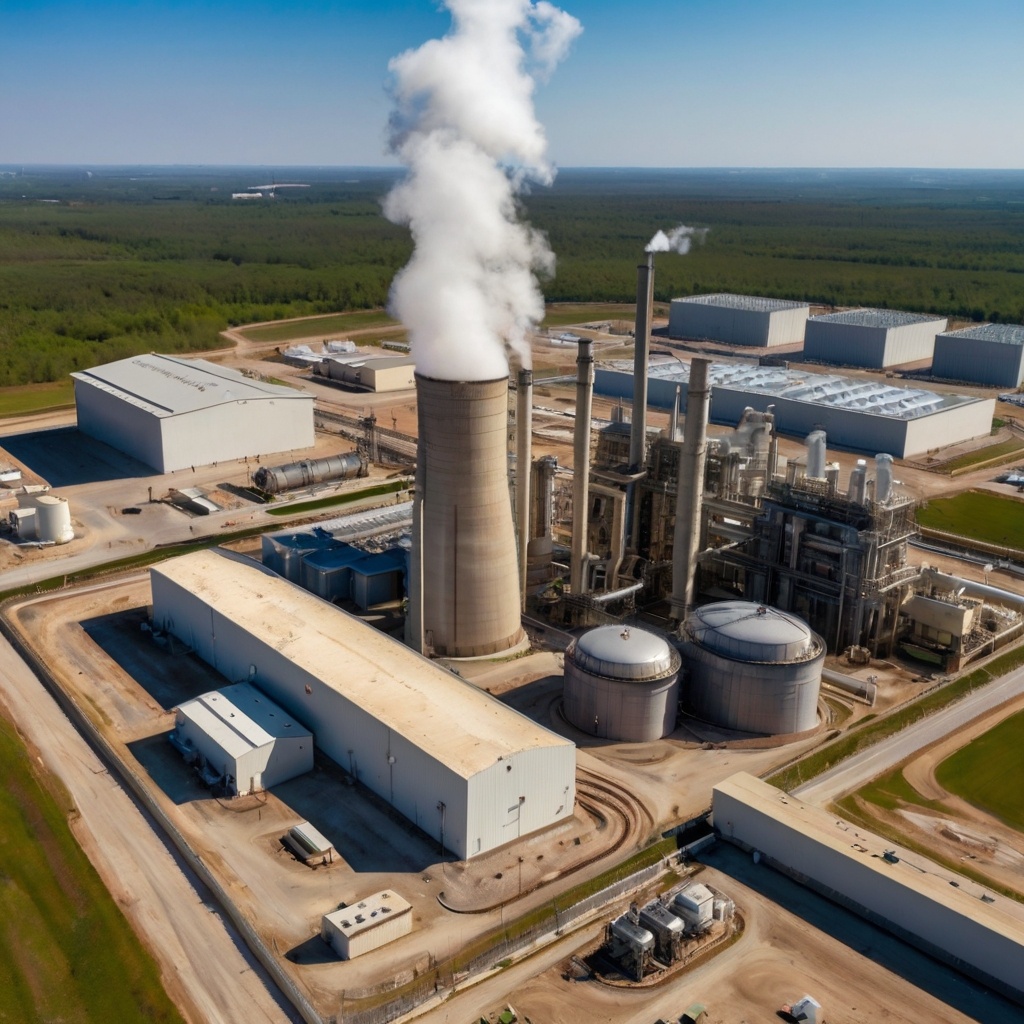In the world of machine learning, the energy consumption of AI models has become a subject of concern, with estimates shrouded in partiality and secrecy. While training large language models consumes a significant amount of electricity, the true energy costs remain elusive due to factors such as model variability and the lack of transparency from industry leaders.
Training a massive language model like GPT-3 can consume around 1,300 megawatt hours of electricity, equivalent to the annual consumption of 130 US homes. Comparatively, streaming an hour of Netflix requires a mere 0.8 kWh. However, the energy consumption of newer models like Chat GPT and GPT-4 is uncertain, as companies have become more secretive about their training regimes, making it challenging to gauge the current energy costs accurately.
Inference, the process of generating output using trained AI models, presents a different perspective. Researchers have estimated the energy costs for various AI tasks, revealing that classifying written samples may use as little energy as watching nine seconds of Netflix, while generating text could consume energy equivalent to 3.5 minutes of streaming. However, image-generation models exhibited higher energy consumption, with one image generation using almost as much energy as charging a smartphone.
The lack of absolute figures and transparency surrounding AI energy consumption poses a significant challenge in understanding its planetary impact. Companies' reluctance to disclose crucial information, partly driven by competition and the desire to avoid criticism, hinders progress in quantifying the true energy costs of AI applications.
Experts like Alex de Vries have taken a broader approach, estimating the global energy usage of the AI sector by analyzing data from NVIDIA, a leading AI hardware provider. Combining this data, projections suggest that by 2027, the AI sector could consume 85 to 134 terawatt hours annually, equivalent to the energy demand of a country like the Netherlands. Such figures highlight the substantial impact of AI on global electricity consumption.
To tackle the energy consumption dilemma, different approaches are needed. Some experts suggest introducing energy star ratings for AI models, allowing consumers to compare their energy efficiency similar to household appliances. Others question the necessity of using AI in certain tasks altogether, emphasizing the importance of evaluating the limitations and potential resource waste associated with AI adoption.
The true energy costs of AI remain elusive, with estimates and data shrouded in secrecy and partiality. As the AI industry continues to grow, efforts to quantify and mitigate its energy consumption become increasingly crucial. Transparency, industry-wide collaboration, and conscious decision-making will pave the way for a more sustainable and efficient future in the realm of artificial intelligence.




